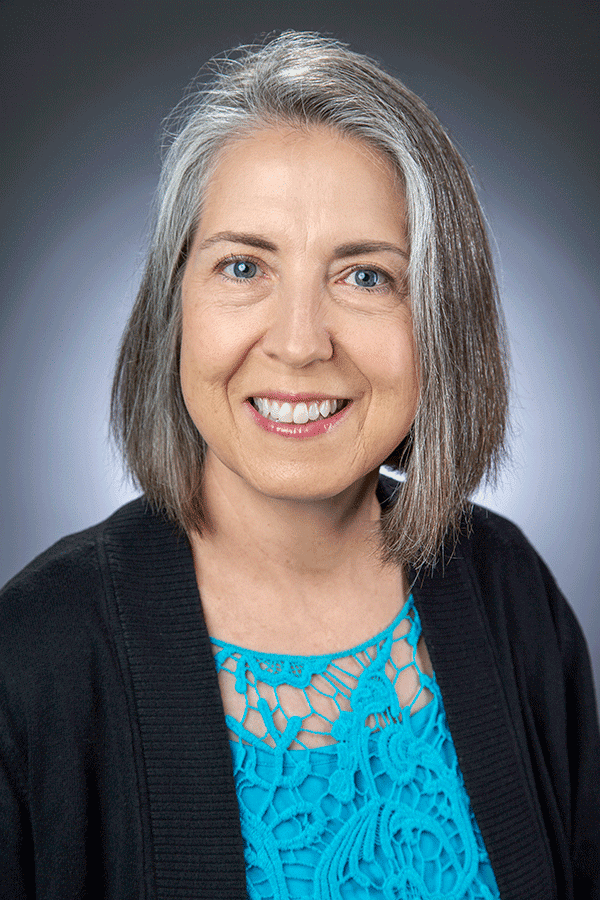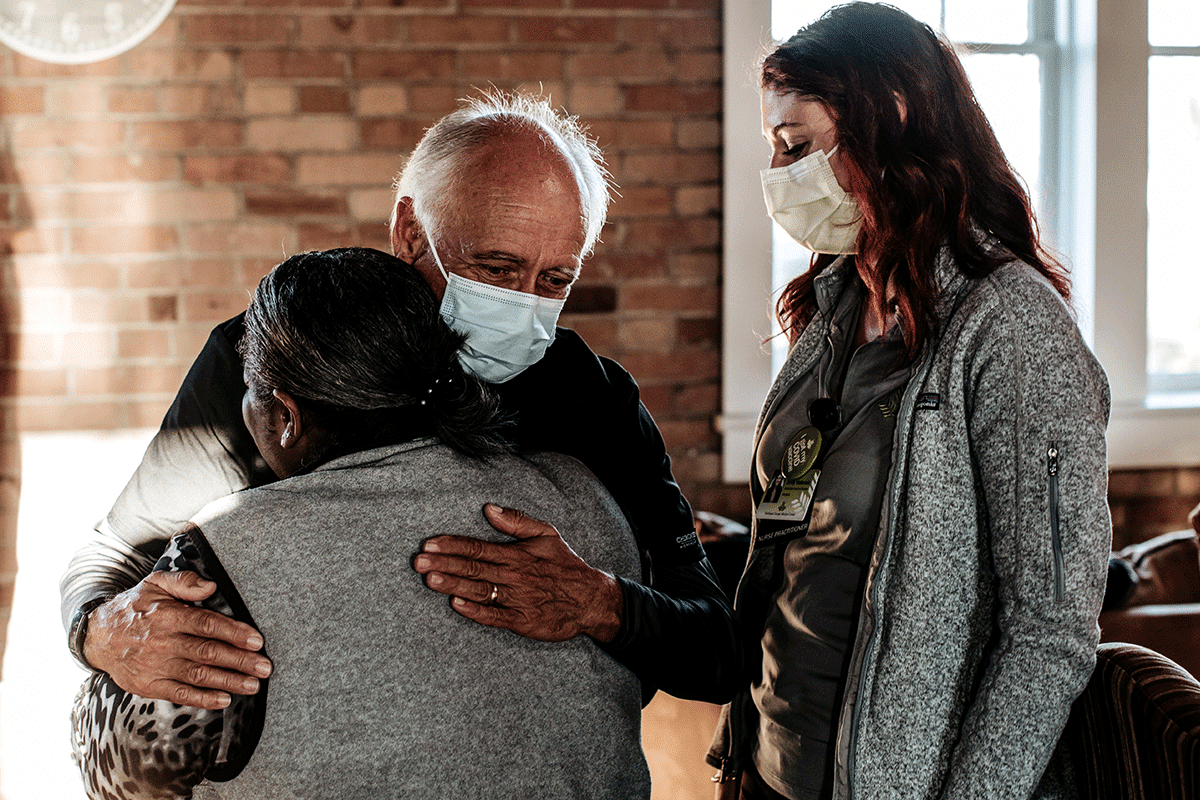If a medical provider has suggested hospice for you or a loved one, you probably have many questions and maybe a few fears. Hospice encompasses compassionate and comprehensive care for those in the end stages of life.
While it offers many families a gentle journey through a person’s last days, it can be confusing and difficult to weed through the information out there about how hospice works. That’s why we’re taking a few minutes today to dispel some common myths. Keep reading to learn more.
Myth: Moving forward with hospice means you’re giving up.
Fact: This is an incredibly common misconception about hospice. But the reality is: Hospice is actually about achieving a patient’s goals and carrying out his or her wishes.
When a serious illness becomes life-threatening, it can be easy for a person to feel a loss of control. Hospice provides a means for regaining that control and providing a person with renewed dignity and comfort in the end stages of life.
In many cases, aggressive medical treatment at the end of life may subject patients to painful and debilitating side effects without curing or providing relief from the condition. Gentler care, like what’s provided through hospice, can actually enhance quality of life and even offer symptom relief.
Myth: Hospice is a specific place.
Fact: Hospice isn’t a facility—it’s a type of care. Hospice care can be received in any setting of a patient’s choosing. You don’t go to hospice; hospice comes to you.
While some patients receive hospice services in a hospital, this type of care can also be provided in a nursing home, assisted living community, or in a person’s home.
In the future, those in our community will have access to another comforting place for receiving hospice care through the Hospice House, where patients will be able to receive support, complementary therapies, and compassionate care 24 hours a day.
Myth: You can only receive hospice care if you have hours or days to live.
Fact: While many patients begin receiving hospice care in the last days of life, its scope can be much broader. Those with a life-limiting condition can receive hospice with a life expectancy of six months or fewer.
Because hospice provides a full spectrum of supportive care and comfort, many patients who begin receiving these services early after a diagnosis surpass their life expectancy.
Hospice care is typically covered through Medicaid, Medicare, and many private insurance plans, meaning there’s one less barrier to receiving care when it’s needed.
Myth: Using hospice means stopping all medical care.
Fact: This is simply not true! When a person begins receiving hospice care, he or she has decided not to pursue active treatment of a life-limiting condition like cancer. But that doesn’t mean that all medical care stops.
Those receiving hospice care continue receiving medical treatment for other, unrelated conditions, as well as treatment for the relief of symptoms, such as pain. While you’ll be under the supervision of a hospice medical provider, that provider will work alongside your regular doctors to determine an optimal plan for managing your care.
Myth: Hospice is only for older adults.
Fact: Hospice care is for anyone facing a life-limiting diagnosis, regardless of age.
The majority of people who receive hospice care are age 75 and older, but hospice can be helpful and beneficial for patients of any age with any medical condition.
Hospice can provide end-of-life care for patients with a variety of medical conditions, including heart conditions, respiratory illnesses, kidney or liver disease, autoimmune diseases, neurological disorders like dementia, and cancer.
Myth: If you start hospice care, you can’t change your mind.
Fact: Enrolling in a hospice program doesn’t mean you have to stay in it. You can discontinue hospice services at any time.
In some cases, patients who have decided to end curative treatment change their minds and decide they’d like to pursue more aggressive treatment options again. You’re free to do so, and if you decide in the future to re-enroll in hospice care, you can do so.
Myth: Hospice care is only for the patient.
Fact: Hospice care provides a full spectrum of services that benefit both the person with a life-limiting condition and his or her loved ones. These services focus on improving the mental, emotional, psychosocial, and even spiritual health of patients and their families.
This can include connecting family members with supportive resources, as well as providing bereavement services and help with grief in the days and months after the patient’s passing.
Learn More
Hospice of Northeast Georgia Medical Center partners with you and your family to provide excellent care and enhance your quality of life. Call 770-219-8888 or visit our website for more information about how we can help.



